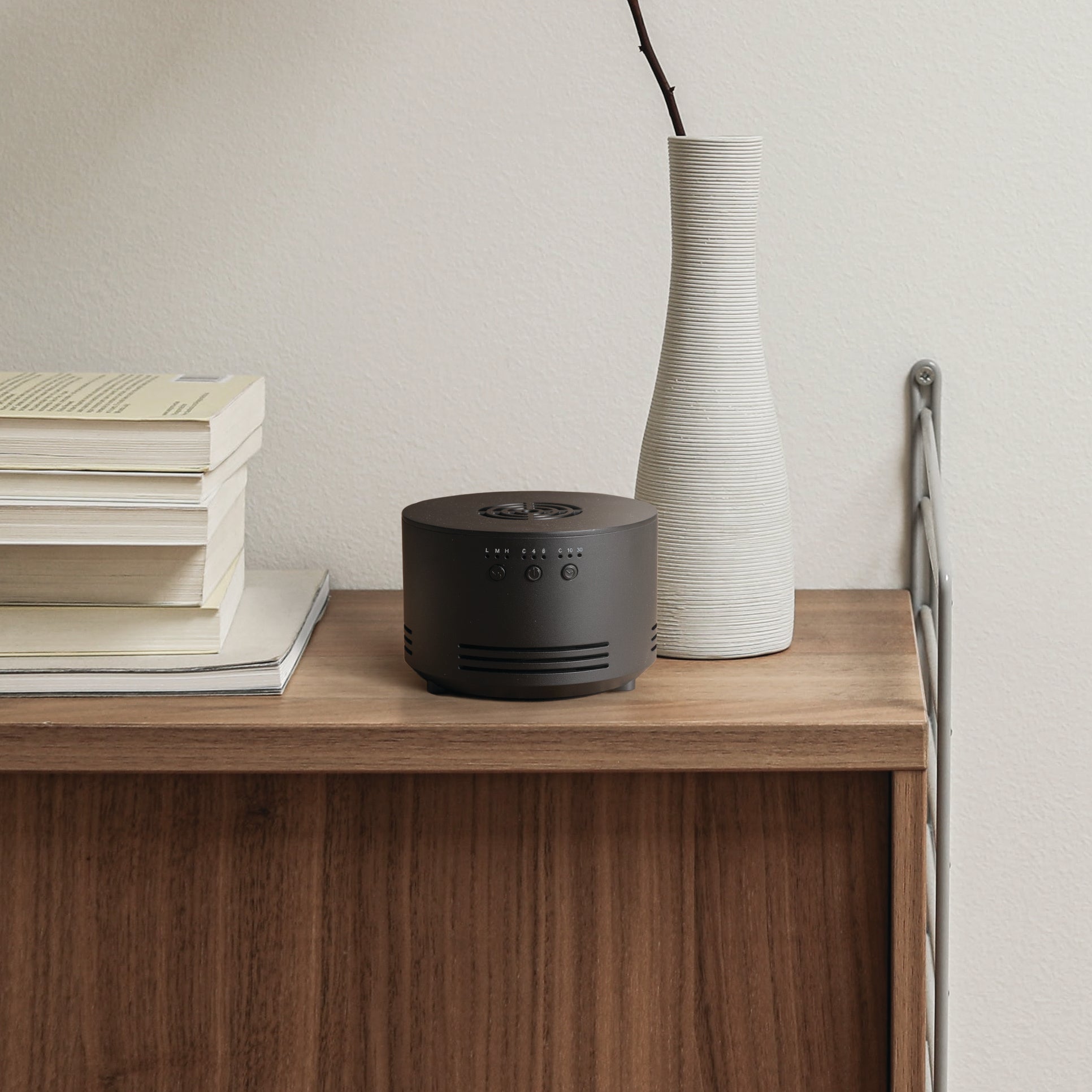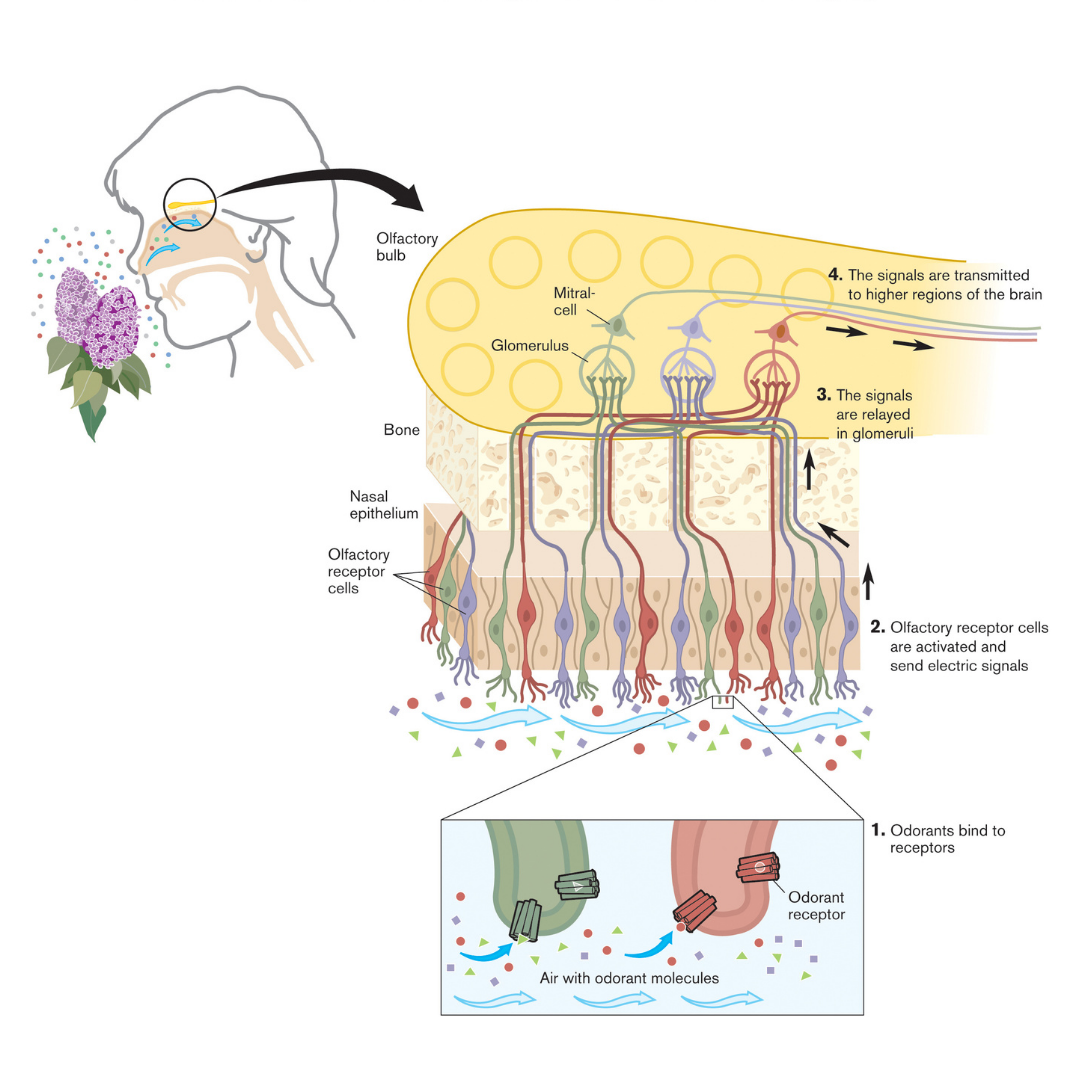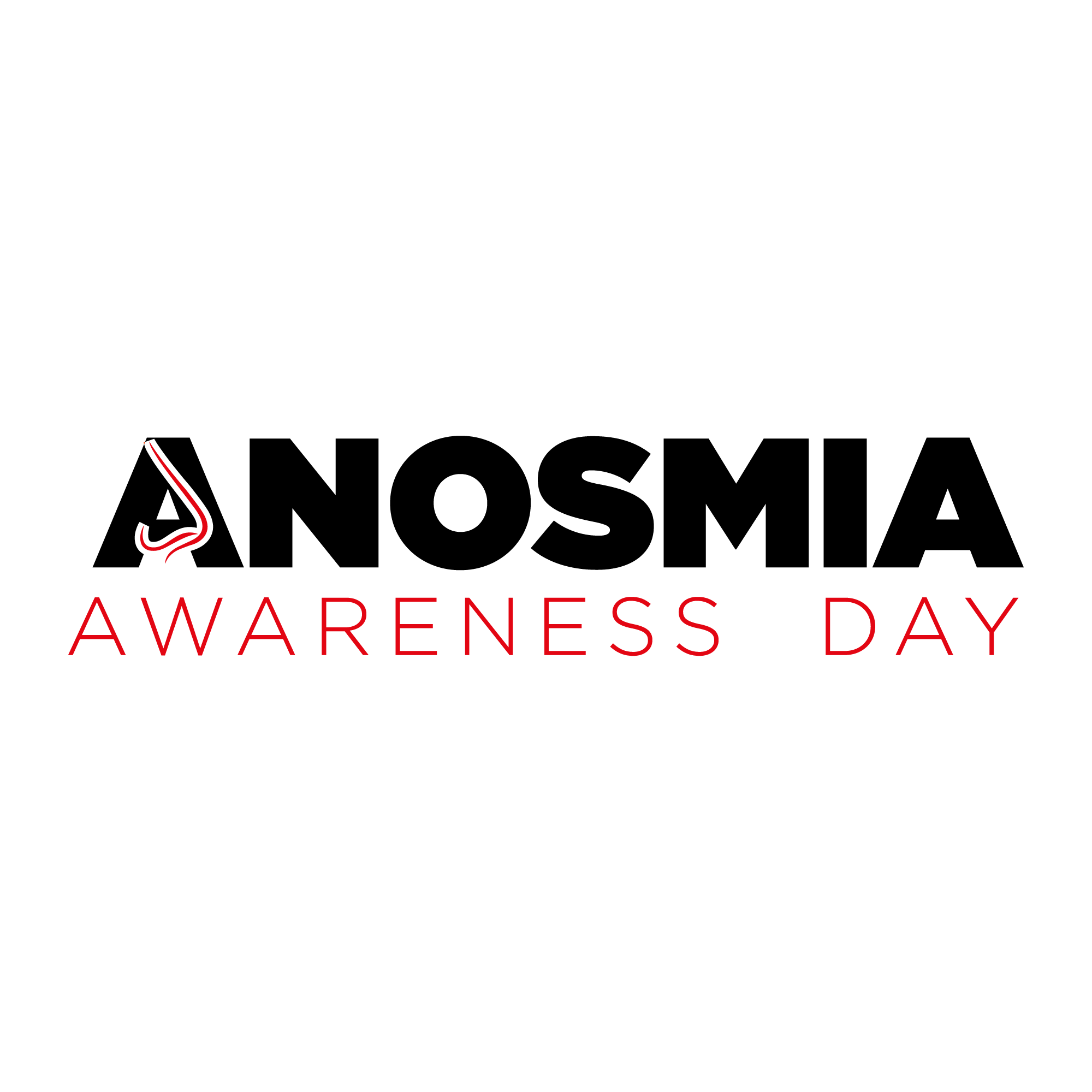
The IV Lorazepam Shortage: Alternative and Complementary Therapies
Article Revised 10/19/23

As the current drug shortages persist, increased pressure is continuing to be felt by nurses, doctors, and other healthcare professionals to find alternative and complementary solutions to augment their symptom management programs and still provide the best possible care for their patients.
Looking for alternatives to Lorazepam? Shop Ascents:
What's causing the drug shortage?
The supply chain issues that have been so prevalent in the news of late have not left the healthcare and pharmaceutical industries untouched. Many of the current drug shortages are the direct results of these issues, but increased demand as well as critical drug recalls have exacerbated the problem.
What other drugs have been affected?
According to the most recent updates, aside from lorazepam injections, the FDA currently lists 36 drugs as being currently unavailable or in short supply, the majority of are designated as Essential Medicines.
The ASHP (American Society for Health System Pharmacists), however, which has updated its records more recently, lists over 200 drugs currently experiencing shortages. It is a great resource, and it also provides information regarding alternative medications for health care practitioners to consider using in lieu of those most greatly affected by the current shortages.
Some of the other notable shortages include pain medications like fentanyl and morphine, the antiemetic ondansetron, as well as amphetamine salts.
What medications are recommended for use in place of lorazepam injections?
The ASHP and other organizations provide a number of recommendations for nurses and other healthcare professionals to consider, though the majority of these are also in short supply, likely in part due to their being used as IV lorazepam replacements.
As far as other IV options go, the two best alternatives are diazepam and midazolam, and a review of some of the differences between the three medications can be found here. While not as fast acting as an injection, lorazepam tablets can also be used in cases where fast action is not as critical, such as in situations not involving seizures.
All of the above medications fall under the category of benzodiazepines, and as such involve a significant risk of dependency - 35% of persons who take benzodiazepines regularly for four weeks or longer will develop dependence. Short term use however such as injections performed in moderation in hospital settings has not shown such risks.
How can alternative and complementary therapies help make up for these shortages?
There are a wide variety of alternative and complementary therapies with evidence to back up their efficacy across a range of symptom management needs. The NCI (National Cancer Institute) and SIO (Society for Integrative Oncology) both provide information regarding many of these therapies, including acupuncture, diet and nutrition, massage, meditation, and several others.
Essential oils and aromatherapy have also been gaining traction as evidence-based alternative and complementary therapies proven comparable to traditional medicines in a growing number of rigorous scientific studies and clinical trials.
Why are essential oils and aromatherapy such great alternative and complementary solutions during the current drug shortage?
In a hospital setting, alternative and complementary therapies like acupuncture and massage, while effective, can be difficult and cumbersome to incorporate into existing patient care programs. Essential oils can be administered orally, topically, or via inhalation, just like many traditional medications, and are easily integrated into such routines and protocols.
Unlike many of the medications used to treat symptoms like anxiety and pain, essential oils and aromatherapy don’t involve any risk of dependency.
Here are some evidence-based alternatives for some of the current drug shortages:
Lorazepam and Other Benzodiazepines
Lavender essential oils have repeatedly demonstrated efficacy matching that of benzodiazepines like lorazepam to reduce stress and anxiety, but evidence supporting similar effects of other oils is growing as well, and some doctors are even advocating for lavender essential oils to be a first-line treatment and benzodiazepines to only be used beyond these natural alternatives as needed.
Calm No. 34 - Clinical Aromatherapy Inhaler for Anxiety
Fentanyl and Morphine
Lavender has also demonstrated efficacy as a relatively powerful analgesic. In a blend including lavender alongside orange, juniper berry, patchouli, and ylang ylang, significant pain relief was experienced by patients in a pediatric palliative care setting in a joint study between Aeroscena® and the Nebraska Children's Hospital. Additionally, essential oils distilled from archangelica root have been gaining traction as an effective form of aromatherapy for pain management. These alternatives and complements to habit-forming opioids can help soften the brunt of increasing addictions to this class of drugs.
Pain Management No. 57 - Clinical Aromatherapy Inhaler for Pain
Ondansetron
Known more widely by the brand name Zofran, the total number of prescriptions for ondansetron in the US rose from over 6.5 million to nearly 12 million from 2013 to 2019, and this increasing demand has surely had much to do with the recent shortage. However, this medication has several adverse side effects which include headache, constipation, diarrhea, and dizziness, as well as prolongation of the QT interval, which can lead to the potentially fatal arrhythmia known as torsades de pointes.
A wide variety of essential oils have demonstrated efficacy as effective, side-effect free antiemetic, two of the most studied of which have been ginger and mint. The mechanism of action has to do with the molecular constituents of these oils acting as 5-HT3 antagonists. You can find more information on the use of essential oils and aromatherapy for nausea relief in a previous blog article.
Nausea Relief No. 44 - Clinical Aromatherapy Inhaler for Nausea and Vomiting
Adderall and Other Amphetamine Salts
Essential oils of citrus and peppermint have been shown to greatly improve our ability to focus for extended periods of time, and due to the negative side effects of amphetamine salts, especially in children, a drug shortage might be the perfect opportunity to explore safer, all-natural alternative or complementary options.
Energize No. 17 - Clinical Aromatherapy Inhaler for Fatigue and Tiredness
Ascents® Clinical Aromatherapy Solutions for Drug Shortages
All Ascents clinical aromatherapy solutions are non-toxic, all-natural, and, most importantly, evidence-based. We've formulated essential oil blends for a range of symptoms, available in a variety of form factors, including personal inhalers, MRI-safe wearable patches, dry gel diffusers, and bottled oils.
Calm
Nausea Relief
The Ascents Nausea Relief blend is a great alternative to more commonly used treatments on the market, like ondansetron and scopolamine, which are know to have a variety of negative side effects. Ascents Nausea Relief has demonstrated efficacy in multiple clinical trials, and is a staple of symptom management programs across the United States. It contains essential oils of cardamom, fennel, ginger, and spearmint.
Focus
The Ascents Focus blend is an all-natural, side-effect-free option to consider in the face of the current amphetamine salts shortage, but also more generally as a healthier way to mitigate problems with distraction and inattention. Ascents Focus contains essential oils of frankincense, rosemary, bergamot, and peppermint.
Focus No. 04 - Clinical Aromatherapy Inhaler for Attention Deficit and Distraction
Ascents Clinical Aromatherapy - Recommended by Doctors, Used by Hospitals®
















Leave a comment
This site is protected by hCaptcha and the hCaptcha Privacy Policy and Terms of Service apply.